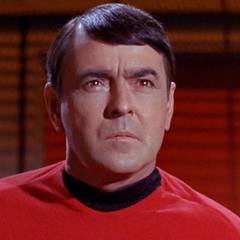Home NAS/Plex server RAID/Backup Advice
-
Featured Topics
-
Topics
-
Rusty Proto ·
Posted in Programs, Apps and Websites0 -
2
-
WildOne ·
Posted in New Builds and Planning0 -
solarbear ·
Posted in Troubleshooting0 -
4
-
2
-
2
-
tjrose91 ·
Posted in Servers, NAS, and Home Lab4 -
Ryoku ·
Posted in Power Supplies3 -
yamilsteven ·
Posted in Power Supplies2
-
-
play_circle_filled

Latest From ShortCircuit:
Lian-Li, do this on all of your cases! - Lian-Li O11D x Lamborghini


















Create an account or sign in to comment
You need to be a member in order to leave a comment
Create an account
Sign up for a new account in our community. It's easy!
Register a new accountSign in
Already have an account? Sign in here.
Sign In Now